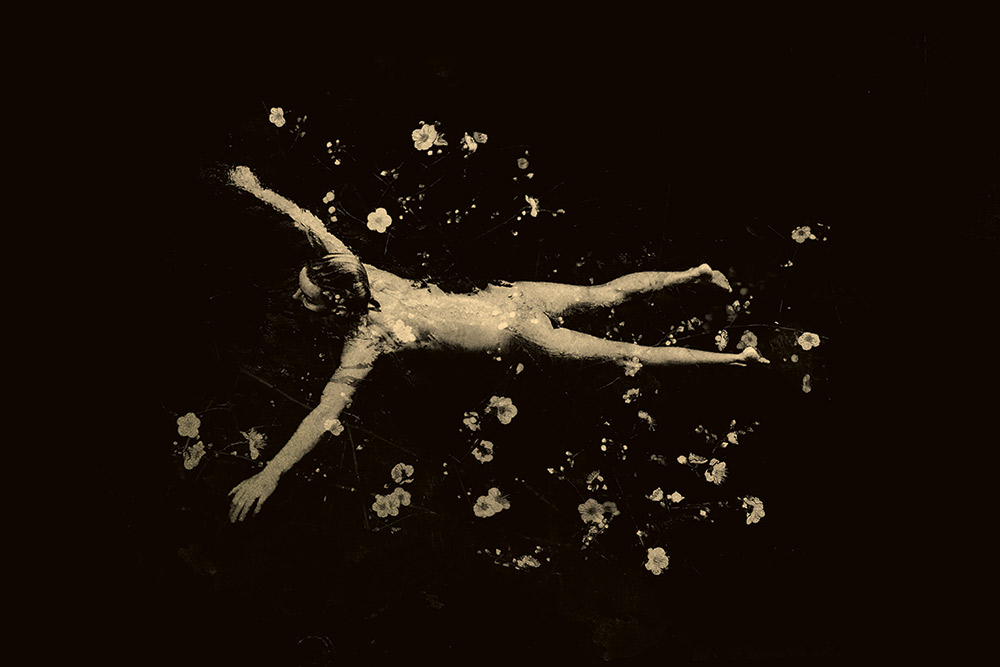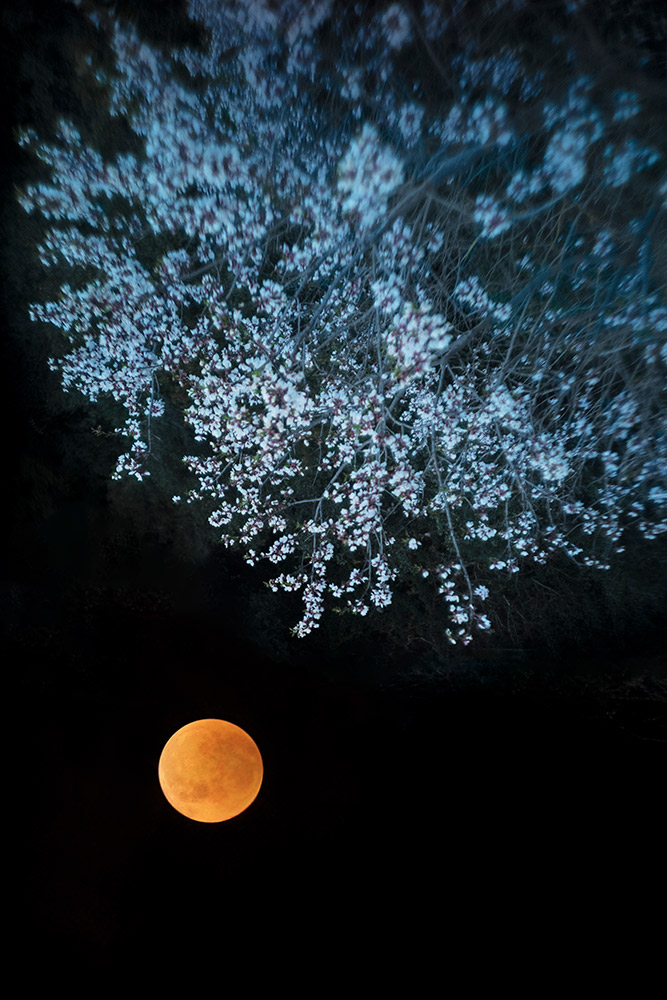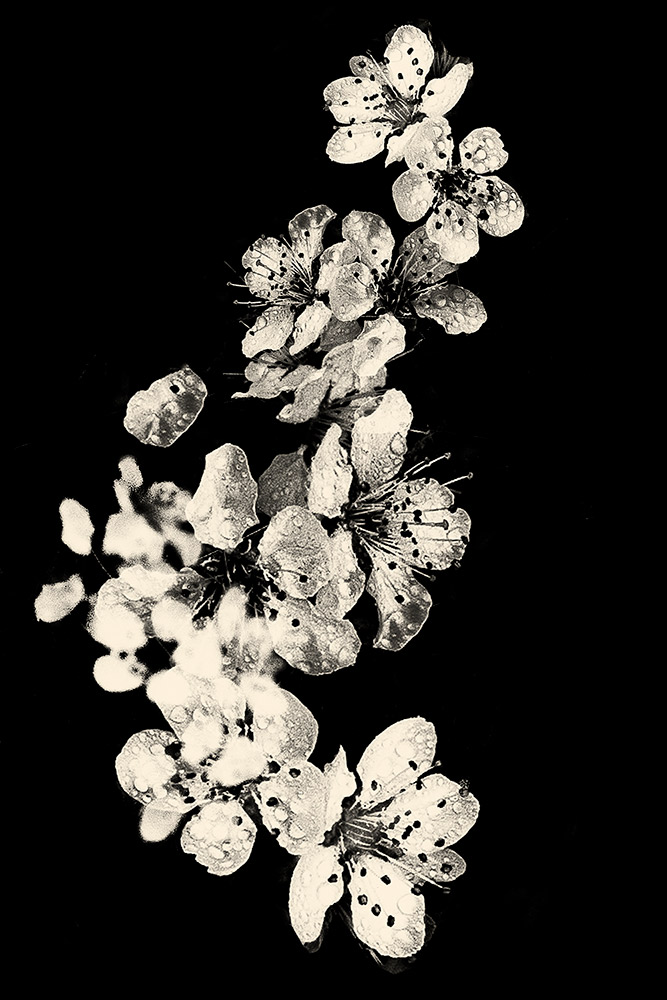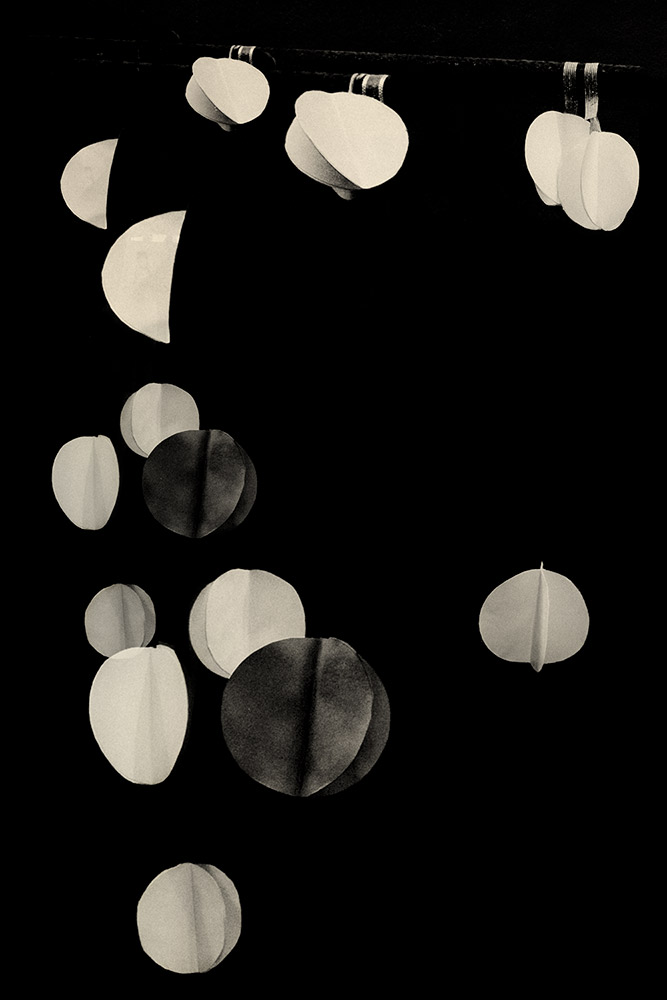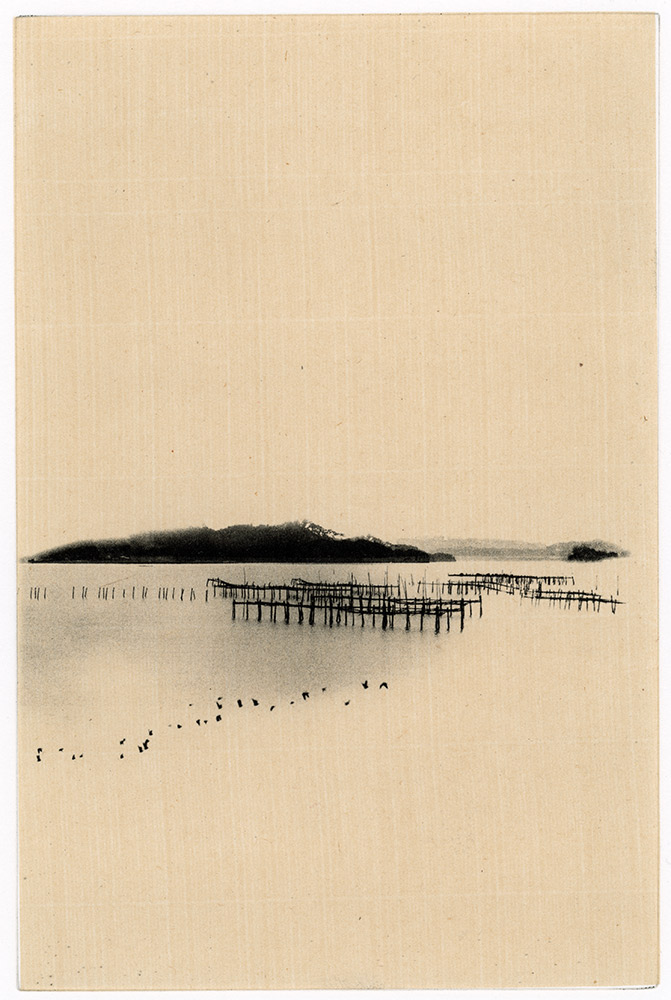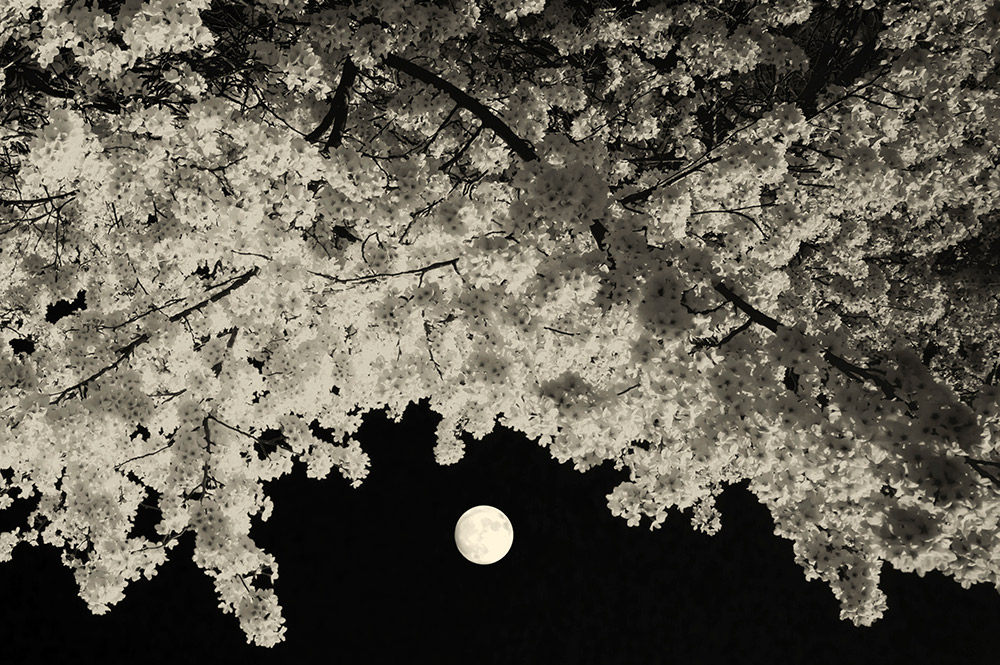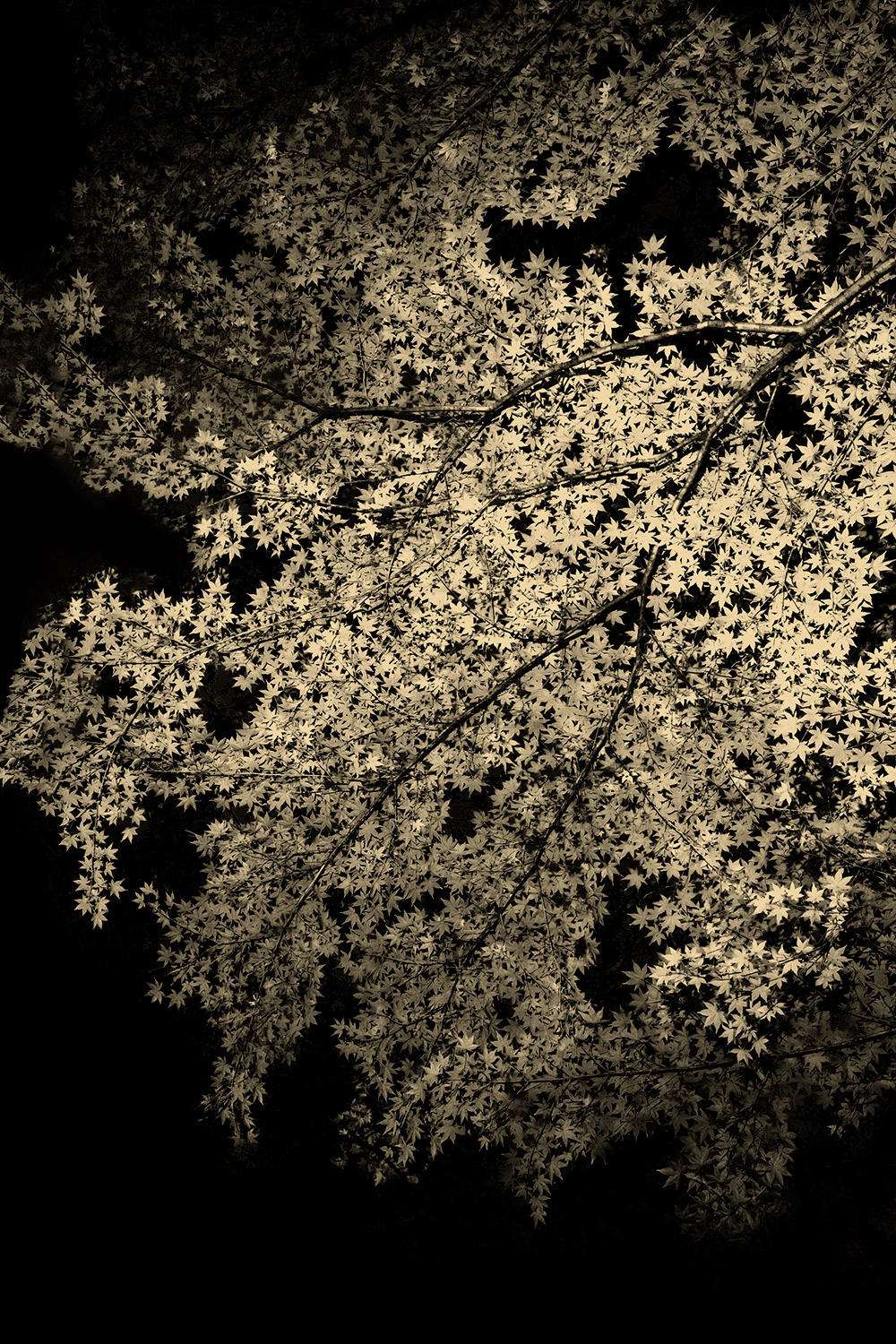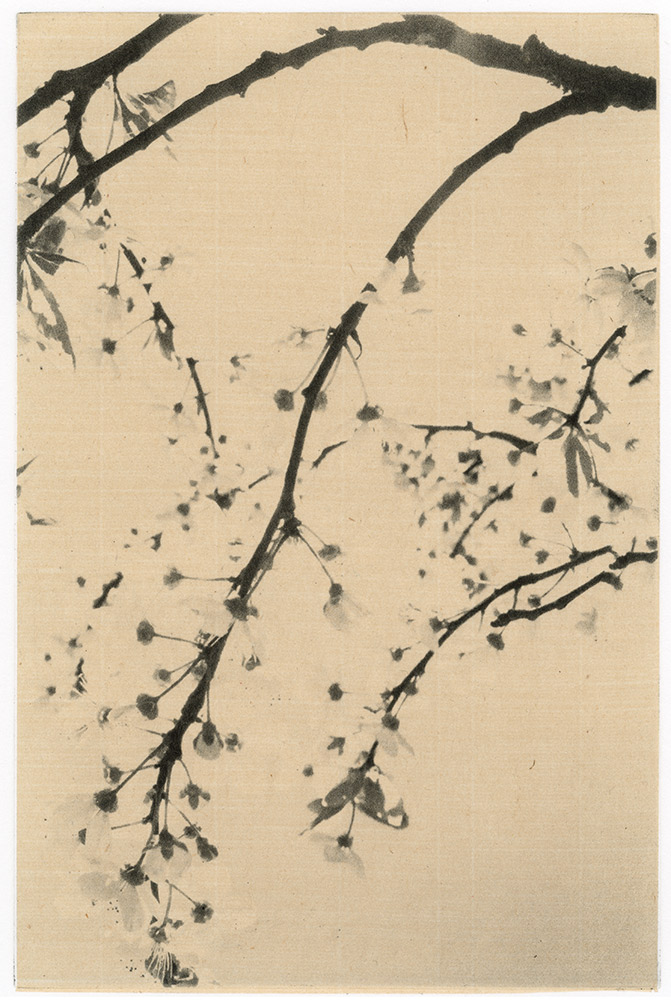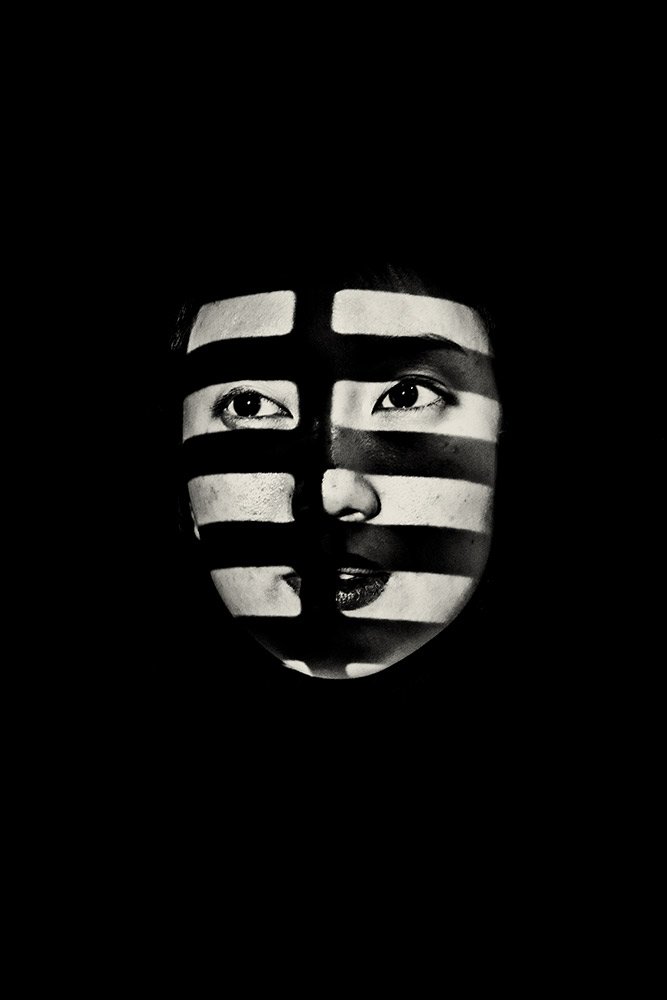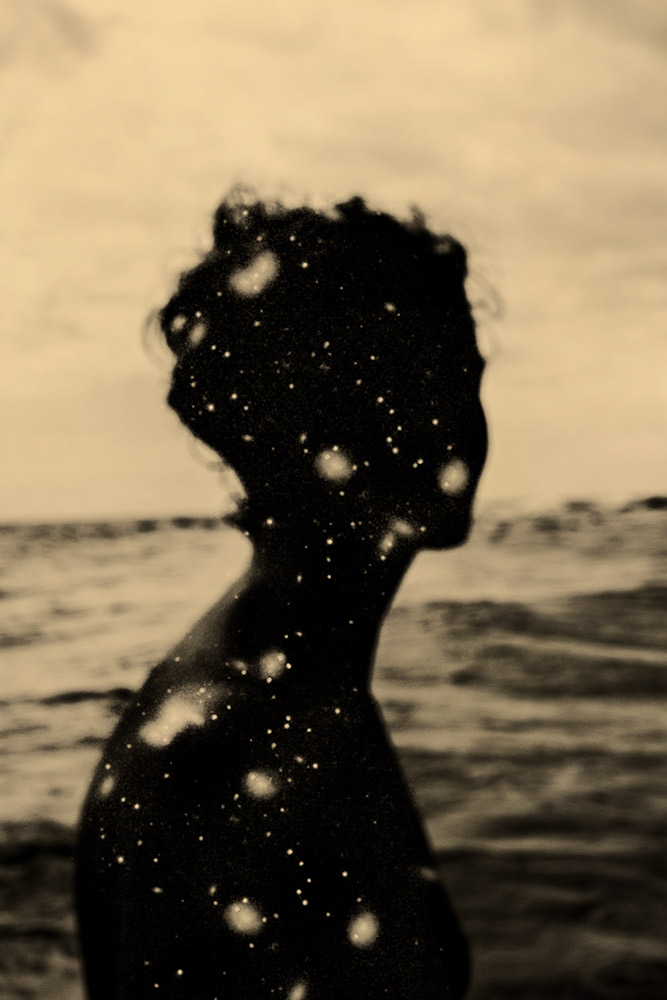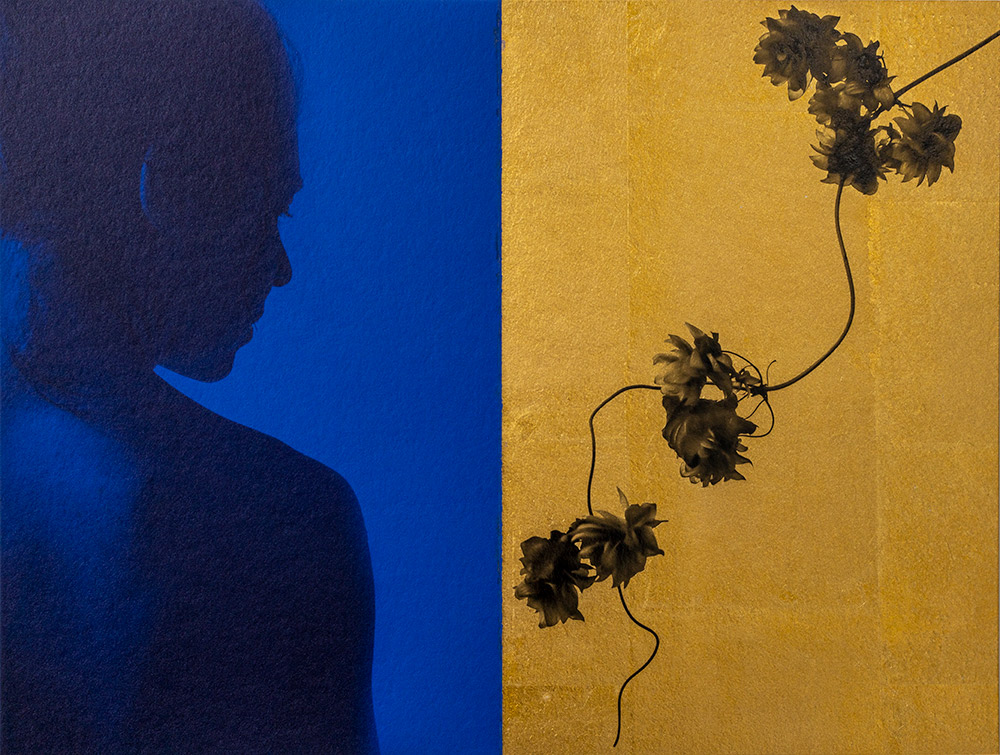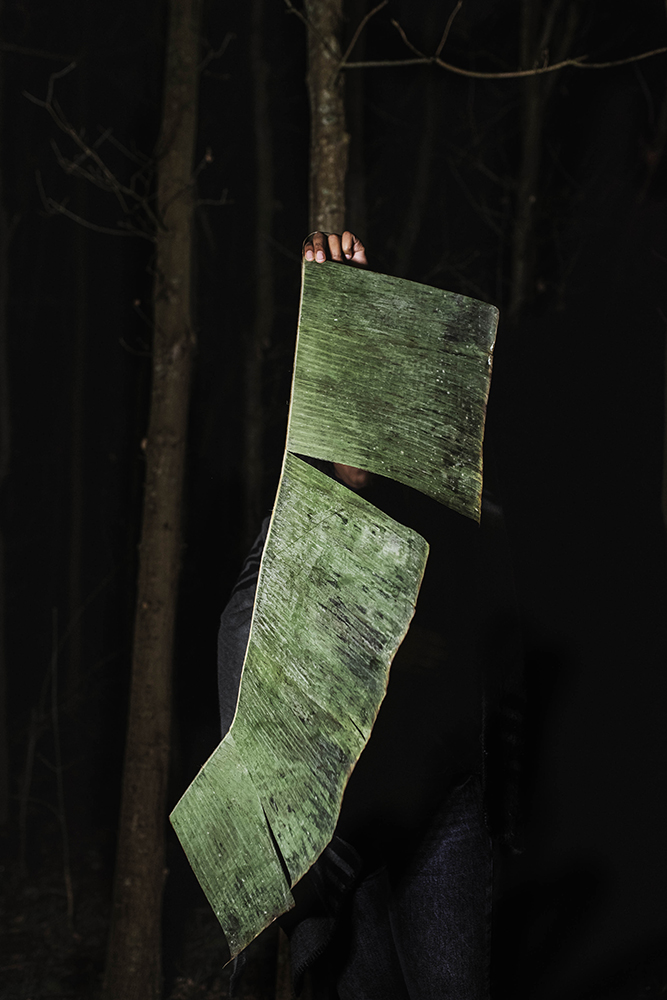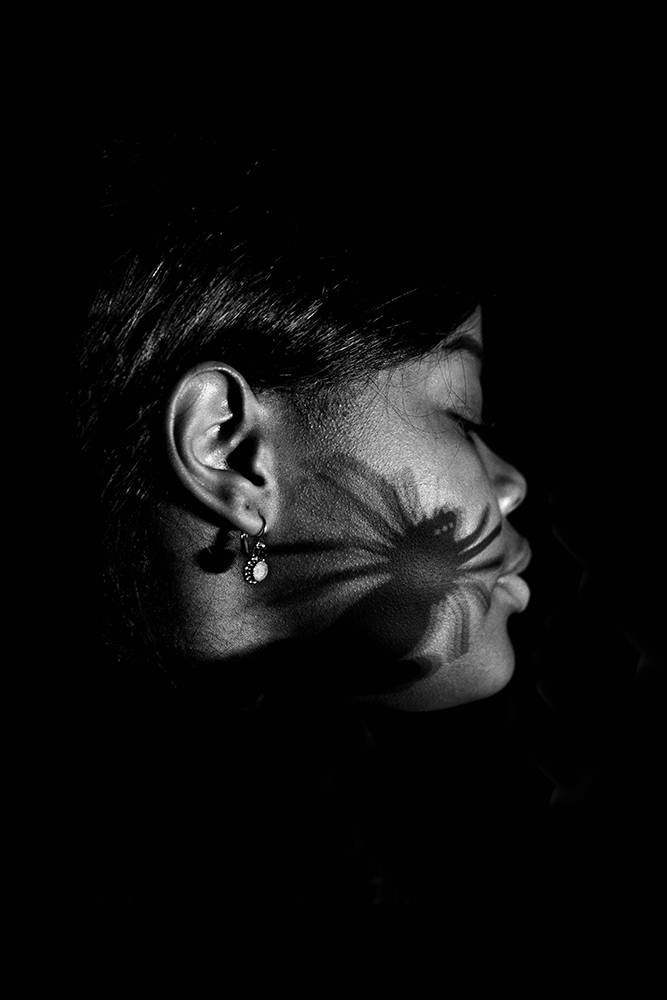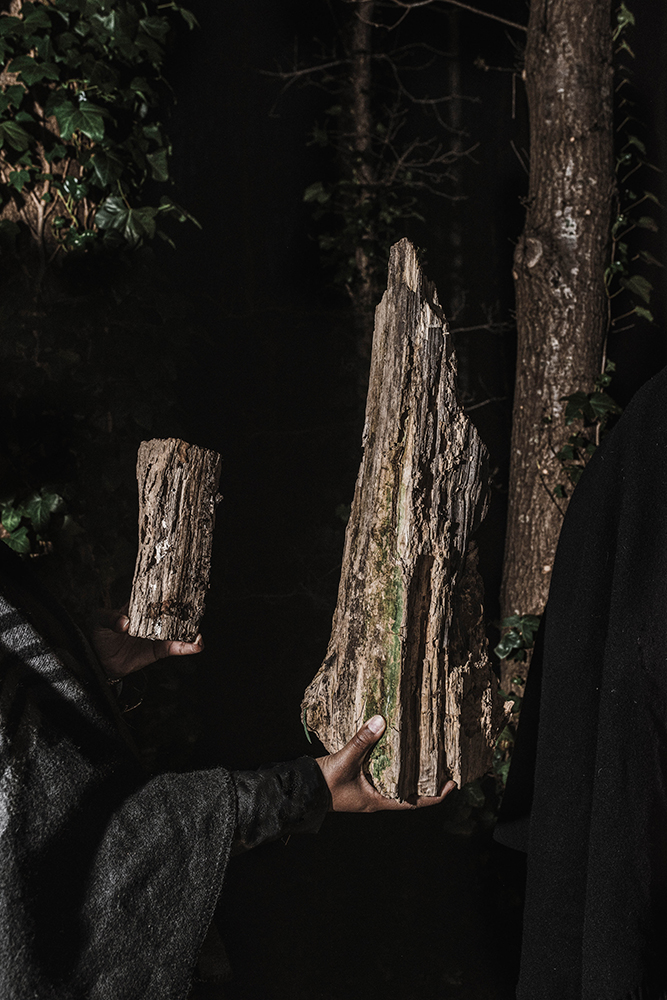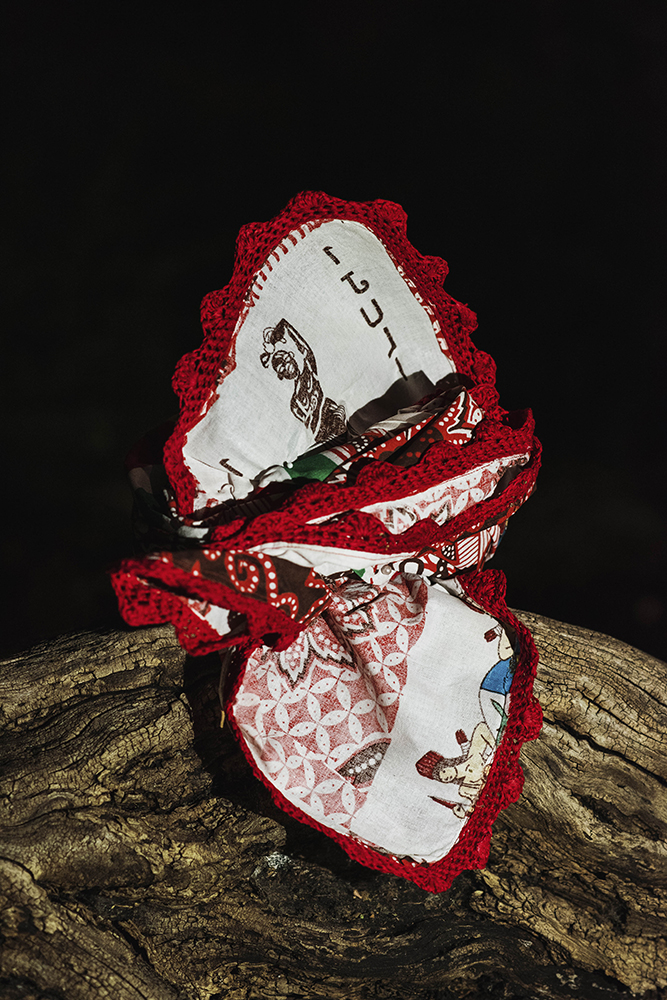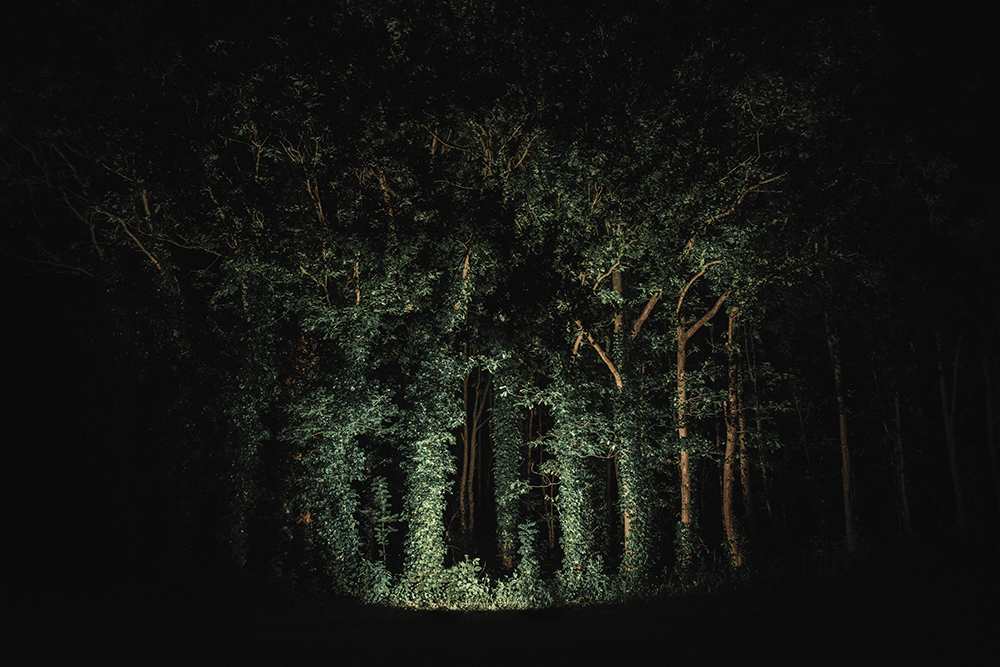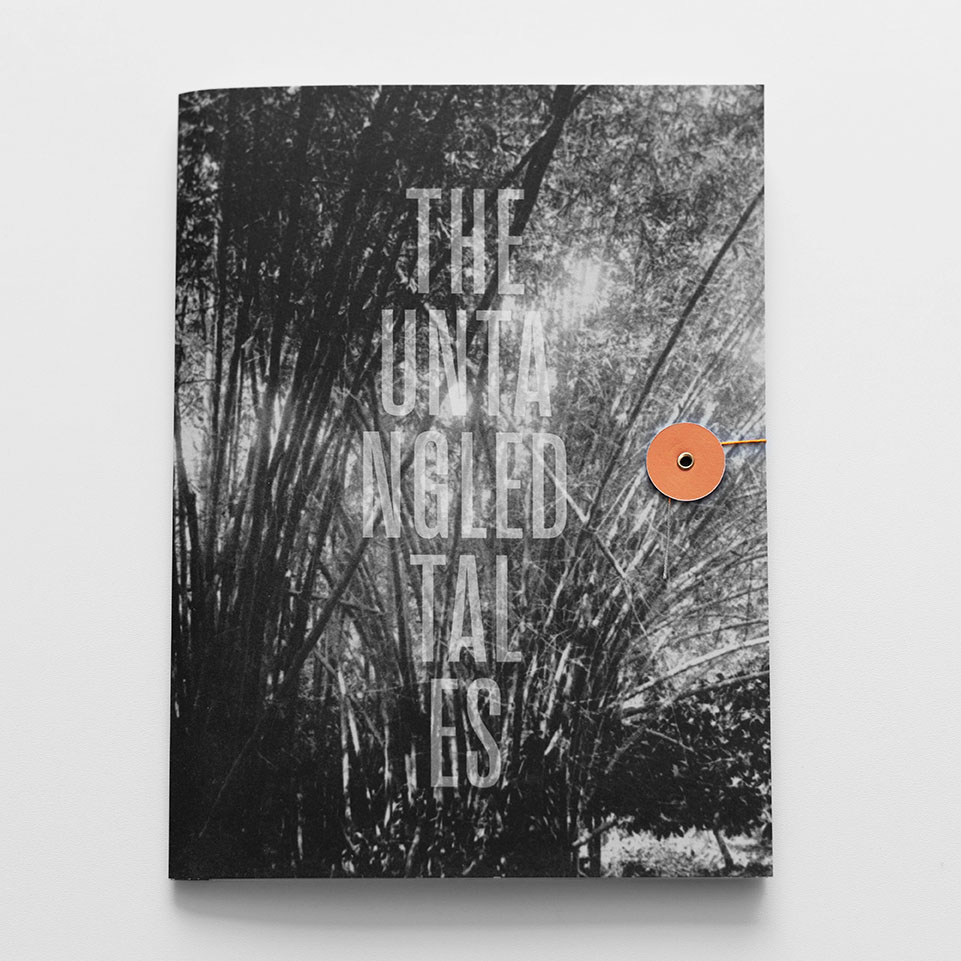Photographers on Photographers: Michelle Piergoelam in Conversation with Paul Cupido
Paul Cupido and I have known each other for about three years now. It started from the moment I was looking for an internship. I had noticed Paul’s work before and I was very interested to follow an internship with him. He makes beautiful poetic images that caught my attention. I hoped to get involved in his working process and his thoughts. We started making contact by mail and I could come by at This Art fair in Amsterdam. We got acquainted with each other and we walked around the fair and exchanged ideas about a possible internship. It was a very interesting and long conversation but in the end it came down to the fact that Paul would be absent for a great period of my internship due to photo festivals and residences abroad. Since then we have seen each other at photo fairs every now and then and we always chatted about how things were going. Paul was very popular and was therefore often busy at fairs talking to interested buyers for his works. Now, some three years later we sat down at Paul’s residence home with a cup of tea. Time to catch up, sharing experiences and put things into perspective. It was a very special conversation and I am sure more will follow!
Paul Cupido (1972) graduated with honors from the Fotoacademie Amsterdam in 2017. He since published a handful of books, including the artist’s publications Searching for Mu (2017) and Continuum (2019) in collaboration with graphic designer Akiko Wakabayashi. Cupido’s work has been exhibited widely internationally, among others at Paris Photo, Unseen, and Nordic Light Festival. In 2017 he won the Hariban Jury Award. Cupido is represented by Bildhalle Gallery (Zurich & Amsterdam) and Danziger Gallery (New York City). Follow Paul on Instagram: @paul.cupido
The photographic work of Paul Cupido revolves around the principle of Mu: a philosophical concept that could be translated as ‘does not have’, but is equally open to countless interpretations. Mu can be considered a void, albeit one that holds potential.
Cupido’s ongoing photographic and cinematic experiment Searching for Mu is at once a personal and universal odyssey of our fleeting existence in relation to the profound emotional experiences of love, time, and death. Instead of presuming to be documents, Cupido’s photographs point to transcendent reflections of the soul and of the intermingling of the microscopic and macroscopic.
“I aim to engage with the world with wide-open senses. My work is about the magic moments of life as well as its inconveniences. I want to take pictures, while forgetting about the process of photography, until I’m saturated with an existential sense of life. Every step I take begins with the notion of mono no aware: the transience of everything, the gentle melancholy of things, being sensitive to ephemera.”
Paul Cupido: * is viewing the book “The untangled tales” of Michelle * Did you invent this yourself? Or have you worked with a team?
Michelle Piergoelam: I have had help from photobook designer Sybren Kuiper. For my graduation project, I wanted to make a printed publication because I thought that the work would be shown best. During the special lessons the photo book designer was not yet in the picture, I was only going to do that at a later stage when I had made all the images. In the last two months before the final presentation, he made a start with designing the book. During the lessons on making a book, I had experimented to find out what I liked and didn’t like: what worked well and what didn’t. But I found it very difficult to design, on the one hand I wanted the book to be informative, but it was not supposed to become a schoolbook… so I had to find a balance. Sybren has really perfectly translated into a book form in which curiosity is constantly triggered.
PC: And now the book is flying all over the world, or is it not that bad?
MP: Yes, the book literally flew around the world as it was selected for the shortlist of the Kassel Dummy Award 2020, there has been a worldwide tour of shortlist books. Unfortunately, I could not be there physically because of the pandemic restrictions, but I have followed it through social media. I am very grateful that the stories and the book were so well received, this motivates me to continue and it shows that there is an audience out there that wants to give unheard stories a platform.
PC: Did you manage to develop yourself in photography at Alexander Sporre?
MP: For sure, I learned a lot from Alexander. Mainly in the commercial setting and in addition to that I had to shoot my own project, for which I could ask him for feedback. I did not join him when he shot the artistic works, which of course was a pity but I got that knowledge and experience from him in another way through feedback. In advance, I also knew that it would be very difficult to find a photographer with whom I could get close to the making process. The works of the photographers I am interested in, almost all of them work alone during the artistic photographing, I think you can agree with that haha. So I understood very well that I couldn’t join him.
PC: Of course you want to offer someone something sincere during a stage period, that is always a big issue for me too. At this moment, I can’t really give anyone anything in terms of energy or time. You need to have mental space for it. And as you point out, most autonomous photographers work on their own because it is an intimate process.
PC: You have your project “The untangled tales”, have you finished this project or do you build on it further?
MP: I will expand the project with various topics and chapters. Chapter two is about the role of water in the lives of the enslaved, rowing and work songs. For this chapter I am promised to receive a fund, at the moment I am working on the research phase. The research phase is very important for me, because I am actually already forming images in my head by reading pieces. Soon, I will start photographing.
For chapter three I will apply for a new fund. The plan for chapter three is to go to the jungle in Suriname and do a kind of study of life in the jungle, including the aspects that the enslaved fugitives had to deal with in order to survive, for example: plants, animals and fear.
PC: Do you create your projects in The Netherlands or abroad?
MP: So far, I created all my projects in The Netherlands. Until now, I have never visited Suriname, the country of birth of my parents. My parents came to Holland with both families at a young age, to build up a new life here. Earlier in my life my parents did not feel the urge to go back and I had no connection with it at all. But now, since I have delved in to the culture, I cannot wait to go there, to really feel the experience of the country and the culture. I think that my image of Suriname is so strongly rooted in my imagination, that therefore curiosity has a prominent role in my work. As soon as the situation allows me to go to Suriname, I will definitely continue to photograph there.
PC: Your work proves once again that you don’t necessarily have to go away to make something like that, but that your thoughts and your imagination make you create your own image. I find that very clever.
MP: How did your ongoing project “Searching for Mu” come about?
PC: In the third year of the Academy we had to decide in how we wanted to graduate. I knew that I wanted to graduate autonomously, I was 100% sure of that . But one teacher asked me: what is “autonomous”. And I couldn’t answer that question, it kept me awake at night. Around the same time I got an invitation to attend Antoine d’Agata’s workshop in Japan. It was an intense workshop, he is an enfant terrible, but he is very good at teaching. The journey to and in Japan was a complete shock for me, I flew to Japan by myself and I was way out of my comfort zone and I think that was the biggest shock. Before that I was always very safe, photography taught me that you have to step out of your comfort zone. During the workshop we had to go out at nights, that alone created a different mindset. The next morning my work needed to be printed and this went on for the whole week. One time, I walked around with my camera at night, and I had the feeling that I became a reptile, the instinct took over. The photo’s I shot that night were loaded with the originality of the feeling that I had over there. At that moment I had experienced what the meaning of an autonomic photo is. When an image is loaded with emotions of that specific moment, the photograph becomes a by-product. The days after I went shooting my photographs with the same instinct and by the end of the week, a series had been formed. And this was the beginning of the search for Mu.
MP: What did you remember most of the workshop in Japan?
PC: That you have to experience an image intensely. And not that you should just take a photo easily. Even if the photo is not technically good, if the emotion is in you and then comes back into the photo, then it really comes in.
MP: How to maintain a long-term creative practice when your income is from print sales from your gallery?
PC: In the beginning, you need to start up, I went to the PhotoLondon festival with gallery Bildhalle. The gallery was received very well by the public. We had a book and a show, we started beyond well and after that UNSEEN, Paris Photo and more followed. In a short period of time, I had already build up my name and people started to follow my work.
For me, it was a matter of finding a balance between the commercial aspect and my own quest. There is a certain expectation when you work with a gallery that you will of course produce work to sell.
But your work should not become a “trick” or a “gimmick”. So it is hard to find and guard that balance. But the best thing about having a gallery is that you don’t have to do the negotiations yourself, they have the network, framers, logistics and do the promotion and administration.
MP: Since you started photography at a later age, do you have the idea that you also have missed opportunities during your breakthrough? For example some photo award contests do have an age limit.
PC: I found that a bit discriminating, as a recent graduate you really miss opportunities for publicity. At a certain point, I was left out of everything. In terms of life experience, I had already moved on, but in terms of photography, I had only just started and my development was parallel to that of my fellow students. I would suggest changing ‘young talent’ to ’emerging talent’. Although I have had opportunities in life with other things.
MP: What are you doing now, which part of the ongoing theme “searching for Mu”?
PC: I am still busy with my search for Mu, I always move into a next chapter. I am now working at a book titled “4 AM”. It is about the moment in the middle of the night – at 4 AM – when you are in a total and clear state of mind. Mostly, around that time you already have had some dreams in your sleep, and when you wake up, you are very receptive. You are really completely open, and I used that to create my work. Photographing outside during the night at moonlight was my starting point to experience “Mu”.
Besides that I am busy with a carbon print technique. That is a very nice technique that can be printed on gold. It is made of a kind of pigment of charcoal and black ink, it is composed of all kinds of natural pigments. This is a very old fashioned technique: you make a negative of your work, then you put this on a temporary carrier and this temporary carrier is then coated with a kind of gelatine solution on the gold and the paper. With this technique the gold stays on it very well and lasts forever.
MP: The experience of paper and technique is very important in your work, is that right?
PC: The image is only ‘finished’ when it is printed and the paper is very important in how the photo is experienced. The fiber of the paper, the tactility, the way it receives light. For me, photography comes from intuition, but after that I become a perfectionist in finding the right paper.
Here, in the West, we are used to print on Hahnemuhle-paper. That is white paper with a hard contrast which shows that the photo is printed on the paper. In Japan I learned to appreciate that a work must really be in the paper. So you can really see the fiber of the paper and it becomes one single object. That is what I like about it, you really make an object and not just a print. The feeling of art craft is what I like so much, something that represents value and my vision.
MP: Do you have any advice to upcoming photographers?
PC: My advice is, and you did that as well Michelle, your total focus and dedication to your work. You are doing very well, you have been graduated and received all kinds of awards. And that is not for nothing, it is because you have put a lot of energy in it. You have, as it were, manipulated your own achievement through your dedication. That’s what I really believe in: dedication, deep focus and manifesting what you want. A second tip is not to show too much too soon. I sometimes notice that in myself, for example by showing something too soon on Instagram.
Michelle Piergoelam (Rotterdam, 1997) is an art photographer, who graduated in 2020 from the Royal Academy of Art in The Hague. She creates visual stories based on cultural myths, dreams and memories. In her images cultural traditions, stories and scenery are intertwined. Despite her Surinamese background, she knew nothing about this country. Her curiosity to learn more about it drew my attention to discover and to seek the narratives for herself. With her images she stimulates the imagination and the narrative culture to keep their transmission alive. In her photography she is seeking for different photographic techniques while using the elements of the night. Details become the subject; when light strikes over it, the smallest gestures will speak loud and clear. With her most recent project ‘The untangled tales’ she got nominated for Blurring the Lines 2020, Kassel Dummy Award 2020 and got the second prize for the Zilveren Camera Prize for Storytelling 2020. Follow Michelle on instagram: @michellepiergoelam
Posts on Lenscratch may not be reproduced without the permission of the Lenscratch staff and the photographer.
Recommended
-
Luther Price: New Utopia and Light Fracture Presented by VSW PressApril 7th, 2024
-
Artists of Türkiye: Sirkhane DarkroomMarch 26th, 2024
-
European Week: Sayuri IchidaMarch 8th, 2024
-
European Week: Steffen DiemerMarch 6th, 2024
-
Rebecca Sexton Larson: The Reluctant CaregiverFebruary 26th, 2024



